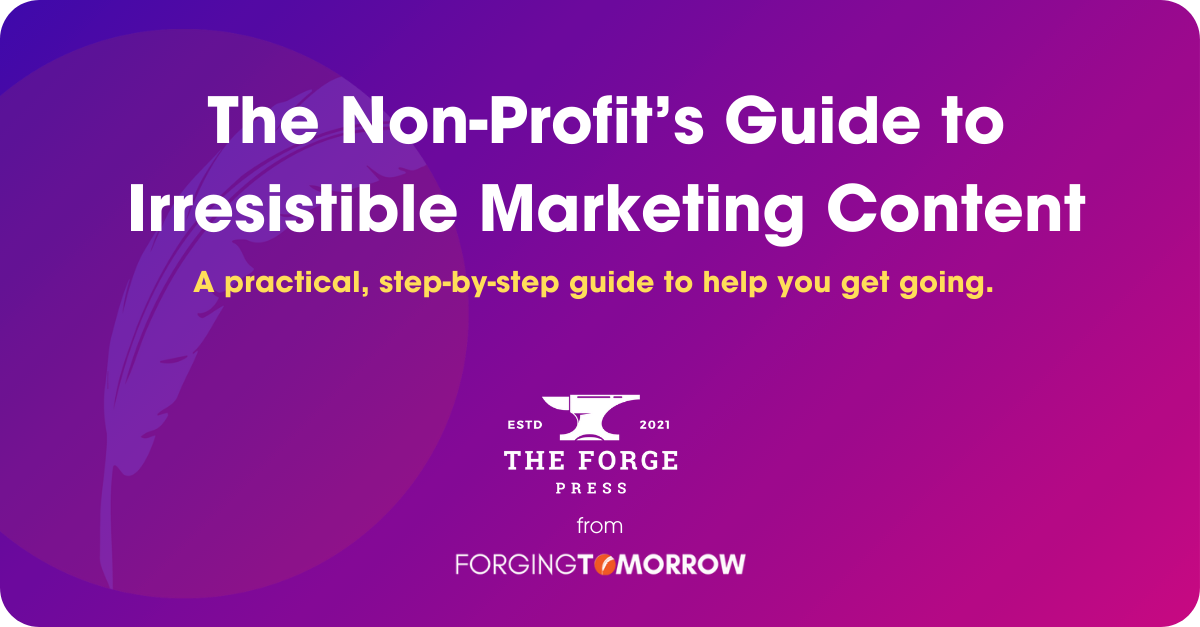In business, we love our plans. On a good day, our plans connect to our goals and our goals to our aspirations in a moment of pure bliss. But if we are honest, we all know that there are healthy portions of guessing and hope in those plans. This is not a failure in business competency, it is the reality that we are not clairvoyant.
This time of year, annual or quarterly business reviews inform our plans for the coming quarters and years, ensuring our future story avoids the mistakes of the past. This is because the real purpose of a business plan is to instill confidence in those who read it that we will deliver the outcomes we have committed to.
Questioning my assumption? In your next business review, title your plan, “Possible Projects for 2023.” Or maybe title a slide, “We will improve outcomes by 10% in 2023, we think.” Let me know how that goes.
The gifted fortune tellers speak about the future as confidently as they speak about the past.
When creating a business plan or business review, confident language is a must. However, the past matters. I’ll explain.
If you lost every month of the last quarter or didn’t meet commitments, confident language alone won’t help you. You will have to show that you know why you missed the mark, have already implemented efforts to correct that trend, and show a new trend in the future that looks different.
It is also worth noting that anything out of your control will be thrown into a big dumpster fire called “excuses”, so concentrate on the parts that you have a direct impact on. Some questions to consider when reflecting and planning:
- If you didn’t cause the problem that led to the missed outcome, when did you identify it? What did you do to respond to it or minimize its impact of it?
- When you commit to future improvement, what will be different in your action or the circumstance that offers a high degree of certainty that it will get better?
- Did you cause the miss through negligence, ignorance, or pride? Own up to it, and talk about what you learned and how you are changing.
The power of systems thinking and control analysis.
Most of us are taught a methodology in school called reductive thinking. This model guides us to break a problem down to its simplest parts to find a solution.
This mechanical worldview has resulted in the reductionst ideology that is taught in schools, which in turn, has resulted in reductionist business models, government policies, and in general, a linear, reductive view of the world. –Leyla Acaroglu
The challenge with this model is that we ignore the fact that problems don’t happen in isolation. There is a system that we must identify and solve rather than work on a problem through a single, narrow lens.
Not only should we look at the entire system influencing the identified problem, but we must also identify what is controllable and not. If not controllable, we should determine how to influence the outcome in a different way. As complicated as that is, the improved outcomes can only become more confident, not guaranteed.
The circular reasoning trap.
It seems that most people know this intuitively. However, instead of working toward a comprehensive solution, we lean on a much lower form of reasoning. For example:
- We will hit higher hiring targets by hiring more people.
- We will increase sales by selling more each month.
- We will increase profits by reducing expenses and increasing sales.
These may seem ridiculous written here, but I assure you that many plans can be summarized with similar circular reasoning. This surrendered logic alerts the presentation audience and confidence drops to zero. You have effectively learned nothing and planned nothing.
Three steps to a better plan for 2023.
Own the past so you can define a different future
You can’t know what to do differently if you don’t know what happened and what you learned. If the reason you missed your outcome was that the global market went crazy, you would have to control the global market to improve. If you didn’t meet your growth targets because the job market was volatile, you are saying that we should expect you to continue missing until the market recovers.
There is a better way. You control your response. Perhaps you were too slow to respond or responded to a new circumstance with old thinking, unadapted or out of date.
Your learning is where the power is. Perhaps you have never had to worry about market impact in your work but because it was so extreme, it influenced you. Now you have a better detection system and work much leaner at new thresholds.
Or perhaps you have learned to flex between task orientation and people orientation faster, learning that you were out of balance and it caused an unexpected reaction.
Either of these shows ownership and response through learning. This is where the conversation should start when creating a high-confidence plan.
Demonstrate how the trend is different
We know our learning is impactful when we make changes and they influence the outcomes in a positive way. This allows us to predict future outcomes with much higher confidence. Trends are most impactful when something is different.
Think of the narrative as follows: “Because I learned X, I changed Y. This impacted outcomes in Z way. Because of this, I have a high level of confidence that we will meet or exceed future targets as follows…”
Describe what will be different in the future
Telling everyone your goal is one thing, but describing the future state with such clarity that it sounds like the past is an entirely different thing. “We will improve 10% next quarter” is entirely different than, “Next quarter we will be surrounded with 212 new, enthusiastic faces driving two new, premium products to 120,00 new customers, all fueled by the deep and reliable knowledge of our 2000 top-tier representatives that celebrate success every day.”
Different, right?
Nail the presentation.
I will write a full article on this eventually because all of the hard work you do can be undone by a poor presentation. Here, I offer three tips to improve your confidence when you present your big ideas.
Turn that triangle upside down.
Start with the point. “I am going to tell you three ways our work has evolved that will supercharge this next quarter.” Get into what you learned and the work you are doing, then paint a future that tells us the three things. This format of storytelling isn’t new, but it is rarely used in business reviews or planning.
You’re telling a story and making a promise. Take the time to make it interesting, encouraging, and confident.
The wizard of “uhh’s”.
We’ve all had those moments on both sides of the presentation where we used filler words while speaking or endured them while listening. This takes practice, not just awareness, but it is worth your time.
Find a friend and have them sound the “buzzer” every time you use a filler word. No friends to help? Video yourself and keep repeating until you are speaking with confidence. This is an overlooked preparation step, but critical when it comes to a confident presentation.
Make it memorable with the summary
Finally, summarize for your audience. If you started with three points, bring them back. Story highlights? Say them here. Four big promises, restate them at the end.
Make certain the audience takes away what you intended for them to take away otherwise they will only remember what was important to them and that could be very different.
Summary
If you have ever presented a business plan, you know that there is almost always a balance between what we know and what we hope with some guessing sprinkled in. If the intent of the plan is to make a promise, you have likely already failed. not because you are a poor leader, but rather because you are a human who lacks the skill of fortune telling.
Instead, align your intent to deliver a plan that is likely, or highly confident, and stick to the facts that make you confident. This will help all stakeholders who rely on your plan to join in the conversation and see the vision you are casting.
There are some traps to avoid, such as presenting problems and solutions in isolation without understanding how they connect to and are influenced by other problems. We also present the opposite of the problem as a solution to it, which eliminates confidence. This is similar to saying we will solve the problems with the criminal justice system by eliminating the law. Not really a solution that works. It would solve the problem of creating 1,000.
Once you build an effective, confident plan by defining what you learned from the past and what will be different in the future, your presentation is critical. By crafting a story that leads your listeners on your journey, starting with where we are headed, then explaining how we will get there, you ensure that your intent matches their understanding.
The most important point to note is that if there is no informed difference in the future-facing plan, there is not likely going to be a difference in the outcomes.


